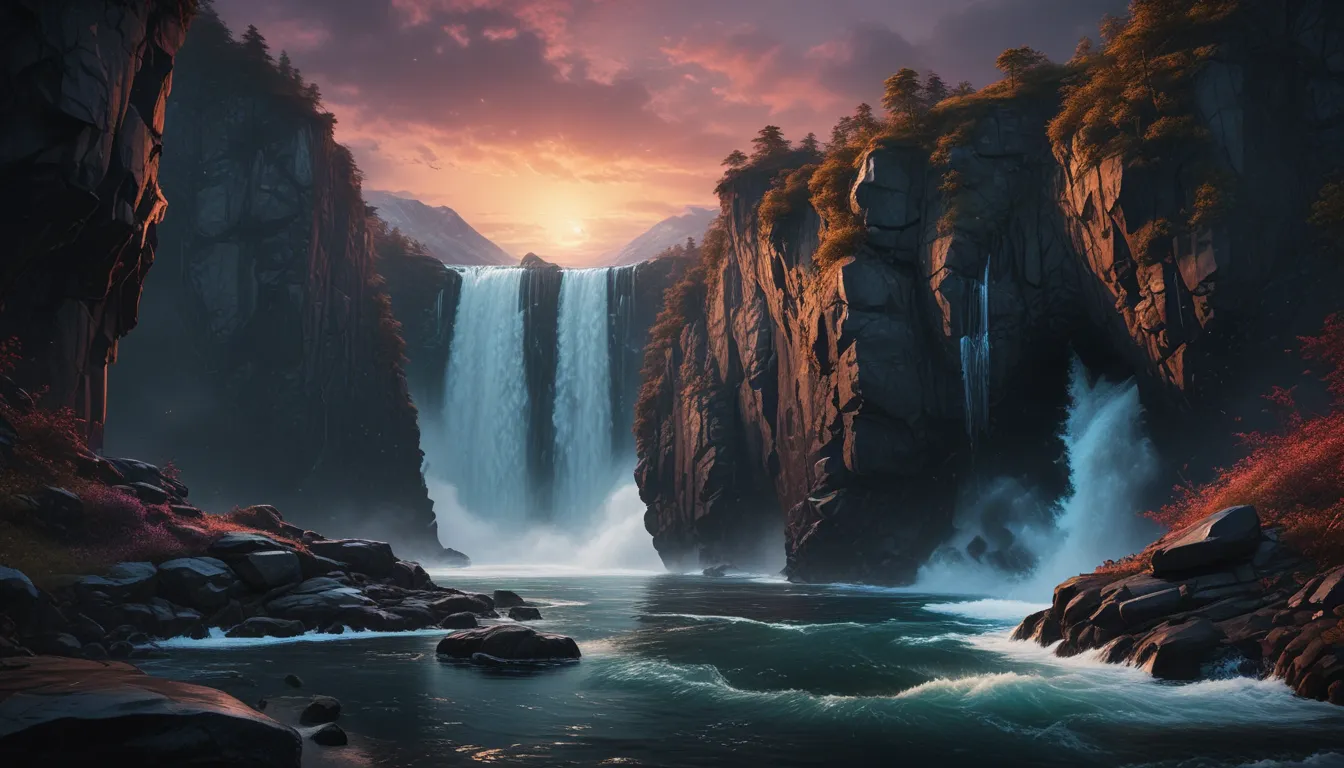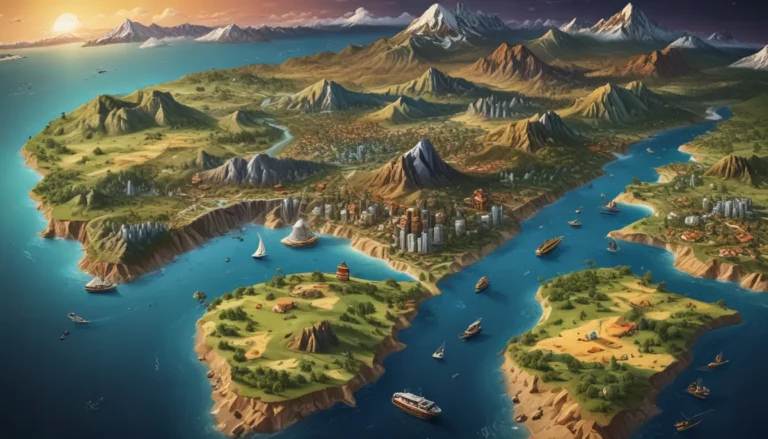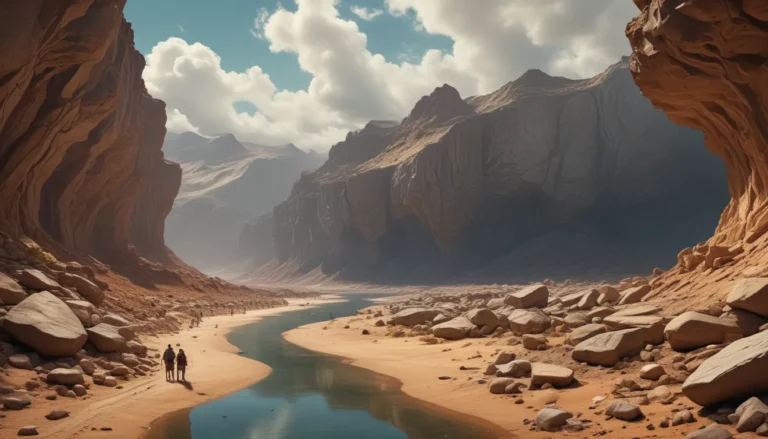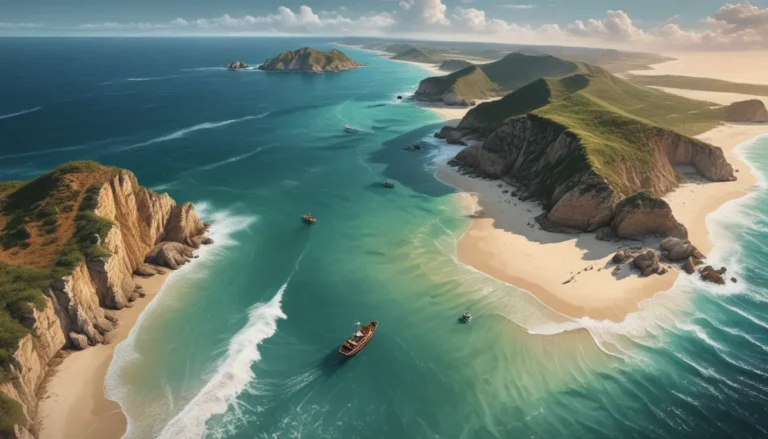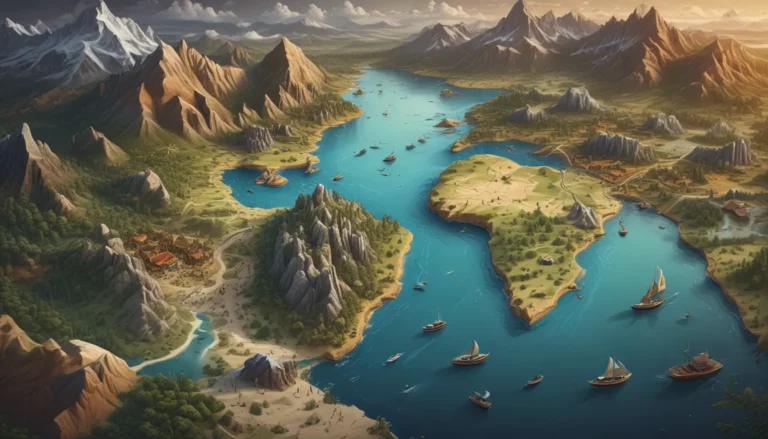A Note About Images: The images used in our articles are for illustration purposes only and may not exactly match the content. They are meant to engage readers, but the text should be relied upon for accurate information.
Have you ever heard of polynyas – those enigmatic open-water areas surrounded by sea ice that play a crucial role in Earth’s climate system? If not, you’re in for a treat. In this article, we will delve into the captivating world of polynyas and uncover eight extraordinary facts that will leave you in awe. From their unique origins to their impact on global climate, join us on a journey to explore these mesmerizing oceanic wonders.
Key Takeaways:
- Polynyas are not just open-water areas; they are essential habitats for marine life and serve as valuable tools for understanding our planet’s climate and history.
- Scientists study polynyas to unlock their impact on global climate, make groundbreaking oceanographic discoveries, and unearth ancient secrets, underscoring the need to conserve these remarkable natural phenomena.
Polynya: Nature’s Marvelous Wonder
Polynya is a natural marvel characterized by vast open water surrounded by sea ice. This unique occurrence offers a window into the dynamic nature of our planet and provides unparalleled opportunities for scientific exploration and research.
Polynya: Mysterious Origins
The origins of polynyas have puzzled scientists for decades. While some are formed due to ocean convection currents and wind patterns, others are believed to result from underwater volcanic activity. Unraveling the mysteries behind their formation is crucial for understanding our ever-changing climate.
Polynya: Haven for Marine Life
Polynyas serve as vital habitats for a diverse array of marine organisms. These open-water areas act as feeding grounds for fish, seals, and seabirds, supporting intricate food chains and enhancing the overall health of the marine ecosystem. The abundance of marine life found in polynyas is truly astonishing.
Polynya: Impact on Global Climate
Polynyas play a significant role in shaping global climate patterns. As large open-water areas, they facilitate heat exchange between the ocean and the atmosphere, influencing regional and global weather conditions. Understanding their influence on climate is paramount for predicting future climate changes.
Polynya: Hub of Oceanographic Discoveries
Scientists studying polynyas have made groundbreaking discoveries in oceanography. These areas serve as natural laboratories for studying ocean circulation, nutrient cycling, and sea ice dynamics. The valuable data collected from polynyas enhances our understanding of the Earth’s complex systems.
Polynya: Unveiling Ancient Secrets
Beneath the frozen surface of polynyas lie remnants of ancient civilizations. The discovery of well-preserved archaeological sites in these areas has provided invaluable insights into the history of human settlements and how ancient civilizations adapted to challenging environments.
Polynya: Gateway to Polar Exploration
Polynyas serve as strategic entry points for polar explorers, offering access to remote regions of the Arctic and Antarctic. Explorations in polynyas have led to exciting discoveries in glaciology, biodiversity, and geology, expanding our knowledge of the Earth’s polar regions.
Polynya: A Call to Preserve Our Planet
The fragile balance of polynyas serves as a reminder of the interconnectedness of our planet’s ecosystems. Climate change poses a threat to the formation and stability of polynyas, endangering the delicate balance they provide. Taking action to protect these extraordinary natural wonders is essential to safeguard the diverse life they support.
Conclusion
In conclusion, polynyas are captivating natural phenomena that have captivated scientists and explorers for centuries. These extraordinary features not only provide valuable insights into various scientific disciplines but also play a vital role in the Earth’s climate system. As our understanding of polynyas grows, it becomes clear that they hold many more mysteries waiting to be uncovered. Studying and conserving these remarkable formations should remain a top priority to enhance our knowledge of the Earth’s delicate balance and predict future climate changes.
FAQs:
Q: What is a polynya?
A: A polynya is an open water area surrounded by sea ice, remaining ice-free due to various natural factors.
Q: How are polynyas formed?
A: Polynyas can be formed by wind, ocean currents, and interactions between different layers of ocean water.
Q: Where can polynyas be found?
A: Polynyas are typically found in polar regions, such as the Arctic and Antarctic, with extensive sea ice coverage.
Q: What role do polynyas play in the ecosystem?
A: Polynyas are essential for sustaining marine life, providing open water habitats for various species like seals, whales, and seabirds.
Q: Are polynyas affected by climate change?
A: Yes, climate change significantly impacts polynyas, affecting their formation and characteristics due to changes in sea ice extent and ocean temperature.
Q: Can polynyas influence weather patterns?
A: Yes, polynyas can influence local weather patterns by releasing heat and moisture into the atmosphere, impacting nearby regions.
Q: Do polynyas have scientific significance?
A: Polynyas hold great scientific value for studying oceanography, climatology, and marine ecology, contributing to our understanding of global climate dynamics.
Q: How can we preserve and protect polynyas?
A: Preserving and protecting polynyas involves addressing climate change, reducing greenhouse gas emissions, implementing sustainable fishing practices, and creating marine protected areas to conserve these unique habitats.
Polynyas are not just natural wonders but essential components of our planet’s intricate systems. Through exploration and conservation, we can continue to unravel their mysteries and appreciate the awe-inspiring diversity and complexity found in Earth’s geography.
